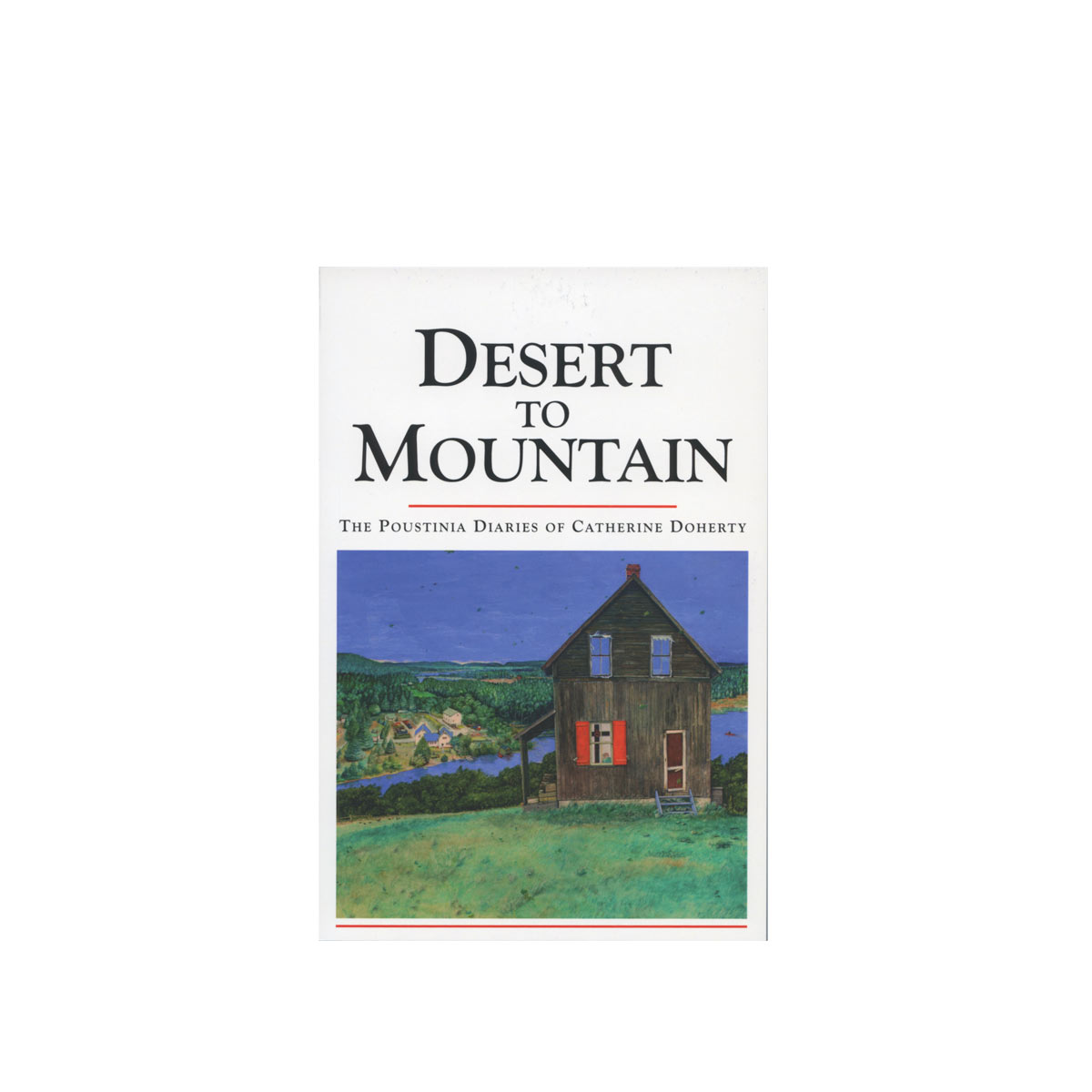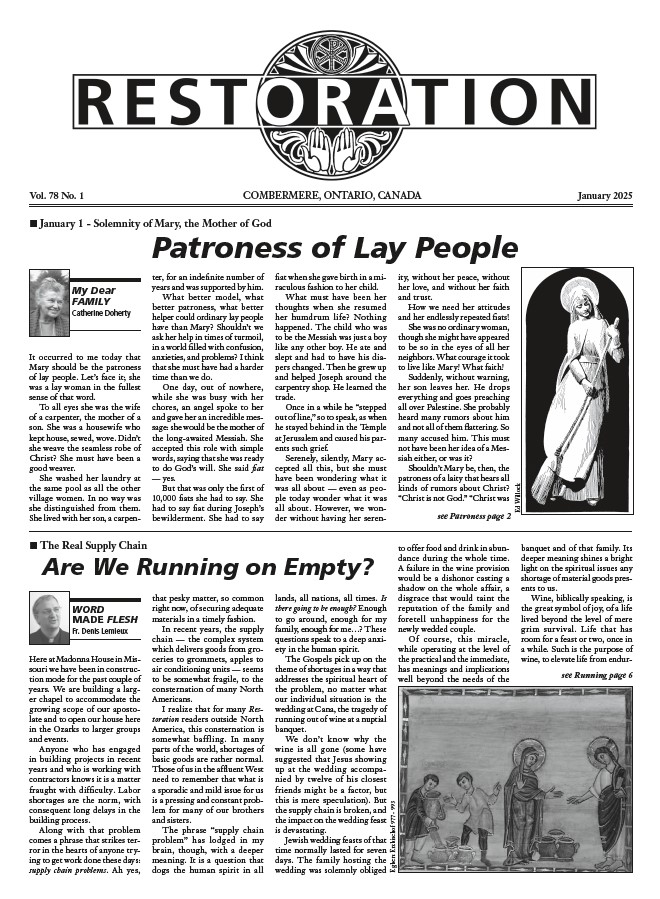This content has been archived. It may no longer be relevant
Desert to Mountain: The Poustinia Diaries of Catherine Doherty: adapted and compiled with introduction & footnotes by Fr. Blair Bernard, (2021), MH Publications, $19.95
***
No doubt many readers of this issue of Restoration have read or are familiar with, Catherine’s great classic, Poustinia.
I do not use the words, “great classic,” lightly. Since its publication in 1975, this book has been translated into over a dozen languages, and doubtless there are more to come. It continues to be the best-seller of Catherine’s books. I believe that it is destined to become one of the classics of our Christian tradition.
Great books do not come into existence overnight; they grow in the lives and hearts of the authors over many years. Like our own births, there is a moment when we “see the light of day,” but that was preceded by a long period of gestation.
Every great book could be traced to many years of germination. Desert to Mountain is the story of the maturation of Poustinia in Catherine’s heart.
The sub-title of the book, The Poustinia Diaries of Catherine Doherty tells what this book contains: excerpt from some of her personal diaries. This book gives a first-time public view of what I consider to be a revelation of Catherine’s heart.
When a person writes a diary, she (or he) is not mentally editing her thoughts as she would when speaking to an audience or writing for publication.
At these times the person must measure, edit, and pick her words carefully. Not so when writing a diary: Catherine was not thinking of an audience or a readership when she wrote her diaries. Thus, they contain the most honest and direct revelations of what was happening in her heart.
Here are a few excerpts—out of many—to whet your appetite.
***
October 28, 1960. Someday soon I hope to be in my little cell, of which I have dreamt for so long. How often during the past thirty years I desired to go away into a poustinia. To me it doesn’t mean going away into a desert like the anchorites did. It simply means facing the fact that I am a wanderer—a pilgrim seeking the Promised Land.
***
February 10, 1961. This is my first Friday of prayer, silence and fasting since December. It is wondrous to enter the silence of God and to feel its healing fingers touch my weary soul.
***
May 7, 1963. Arrived at the poustinia at 10 a.m. Brought water in, made a fire (the house is cold). It is here that I find my roots. Here that peace enters my heart and stays, though I know there will be strife, too. For the desert is not a quiet place. Here the greatest battles of the soul are fought.
***
October 31, 1965. Poustinia [on the island]. I am in my desert. I did not come to stay, but just to visit and rest. I lit the fire and a great desire to be quiet came upon me for I am still groggy from my lecture trip. No, today I just want to be here a little while—a few minutes perhaps—to rest, for it is a house of rest also.
***
So this is her experience of the “desert.” What is the “mountain” then?
Father Blair writes: “In May 27, 1965, Catherine’s imagery changes abruptly from desert to mountain. She writes of being ‘lifted to the mountain’ from where she experiences the phenomenon of seeing into the hearts of people”:
***
May 27, 1965. Then I looked down and the world was before me—the world of humanity—and I saw deep into their souls. I saw their loneliness, their hunger, their pain and searching. I somehow knew that from now on compassion, love, mercy, and a desire to feed their hunger would grow and grow in me.
***
At the heart of Catherine’s spirituality is the call to minister to Christ suffering in others. Here is an early vision of that vocation, born in the poustinia.
One of the unique features of this book—strange to say—is the abundance of footnotes. (“Who reads an abundance of footnotes?”)
Why such an abundance? Well, for those unfamiliar with Catherine’s life, many of her references in these diary entries would not be understood without some explanation. So the editor’s very accurate clarifications were needed. Let me give you just one example.
***
October 20, 1965. It came to me that God’s anger was just, because we were tearing apart all that makes for our peace, and that his justice meted out his anger about our blind, absurd, willful, hostile, stupid evil ways of treating the immense graces that he had sent us through the Holy Spirit through Vatican II.
***
Here Father Blair gives a very long and perceptive footnote as to Catherine’s view concerning the Church’s confusion following Vatican II. (You can read it for yourself.)
Thus also, when Catherine makes a reference to some biographical event, or to some aspect of Madonna House or its history, the editor frequently offers a helpful comment. I found the footnotes a very significant and informative part of the book. Father Blair knows a great deal about Catherine’s history and spirituality.
The development of a person’s interior life is a matter of study and interest, and this book is a brief portrayal of the development of Catherine’s spirituality.
She kept diaries for most of her life, and this book is an introduction to them. So, even if you’ve read most of Catherine’s books, there are aspects of her teachings in her diaries that will be new and inspiring for you.
Besides revealing her own interior life, Catherine’s comments throughout will give you a good idea of how the poustinia was born and lived in the community of Madonna House. The book can be seen, therefore, as a sort of companion volume to Poustinia.
Finally, the picture on the cover of the book is one of my favorites: a painting by William Kurelek, one of Canada’s famous artists, of the first poustinia in North America. Catherine called it “Alvernia,” the name of the mountain where St. Francis received the stigmata.
Kurelek called it, prophetically, “The Hope of the World”—expressing his belief that prayer and aloneness with God would propel the human race into His future for us. This book is a spiritual revelation as to how this “hope of the world” was born.





